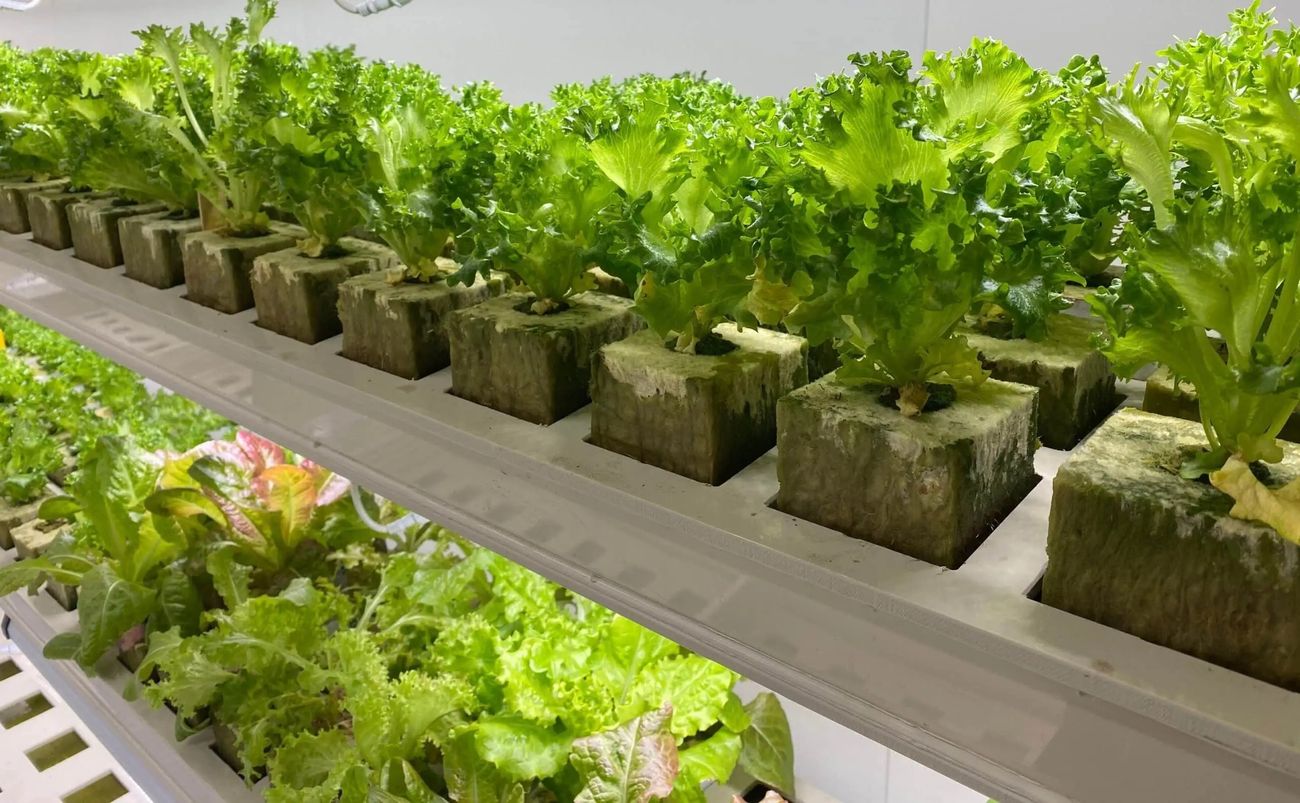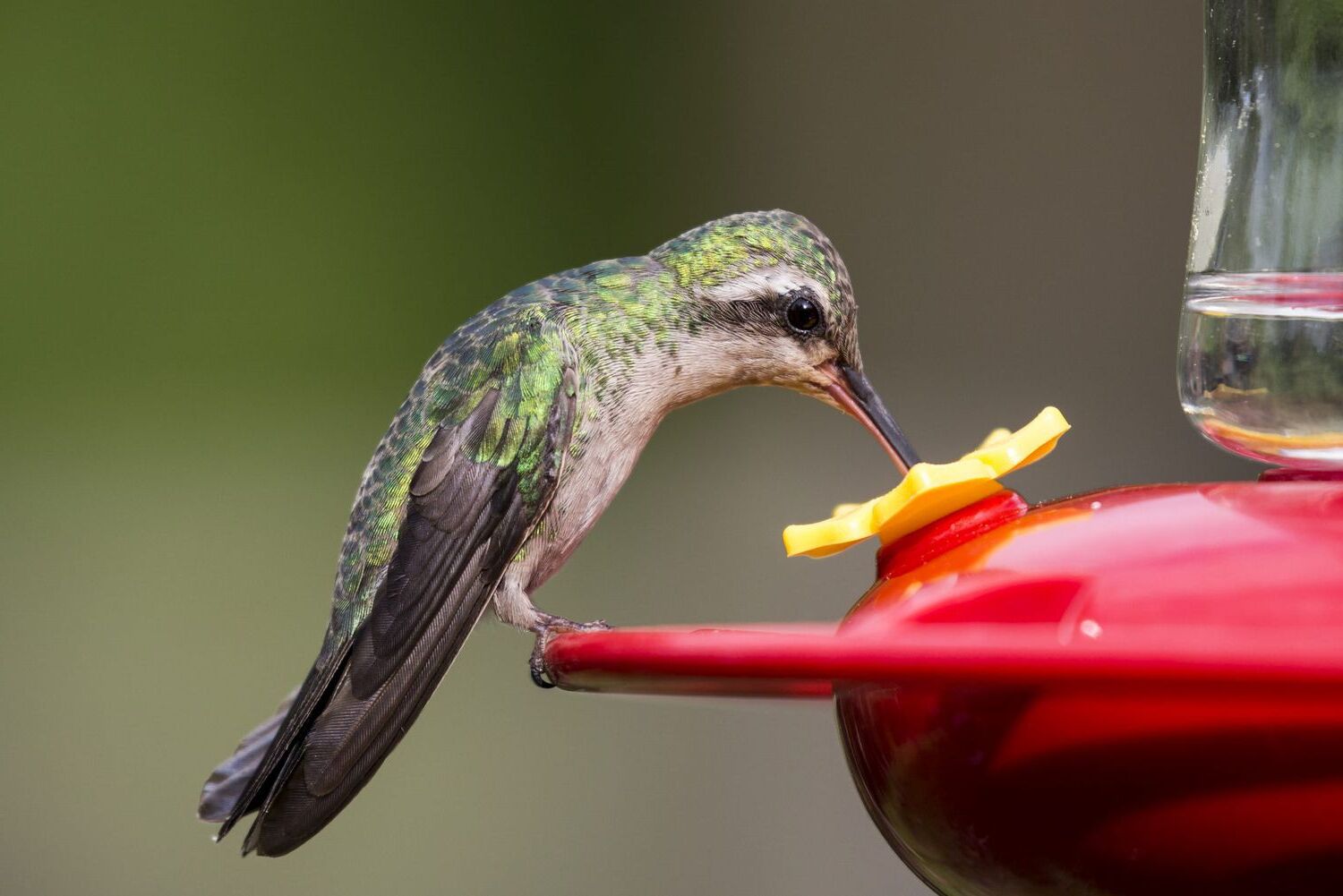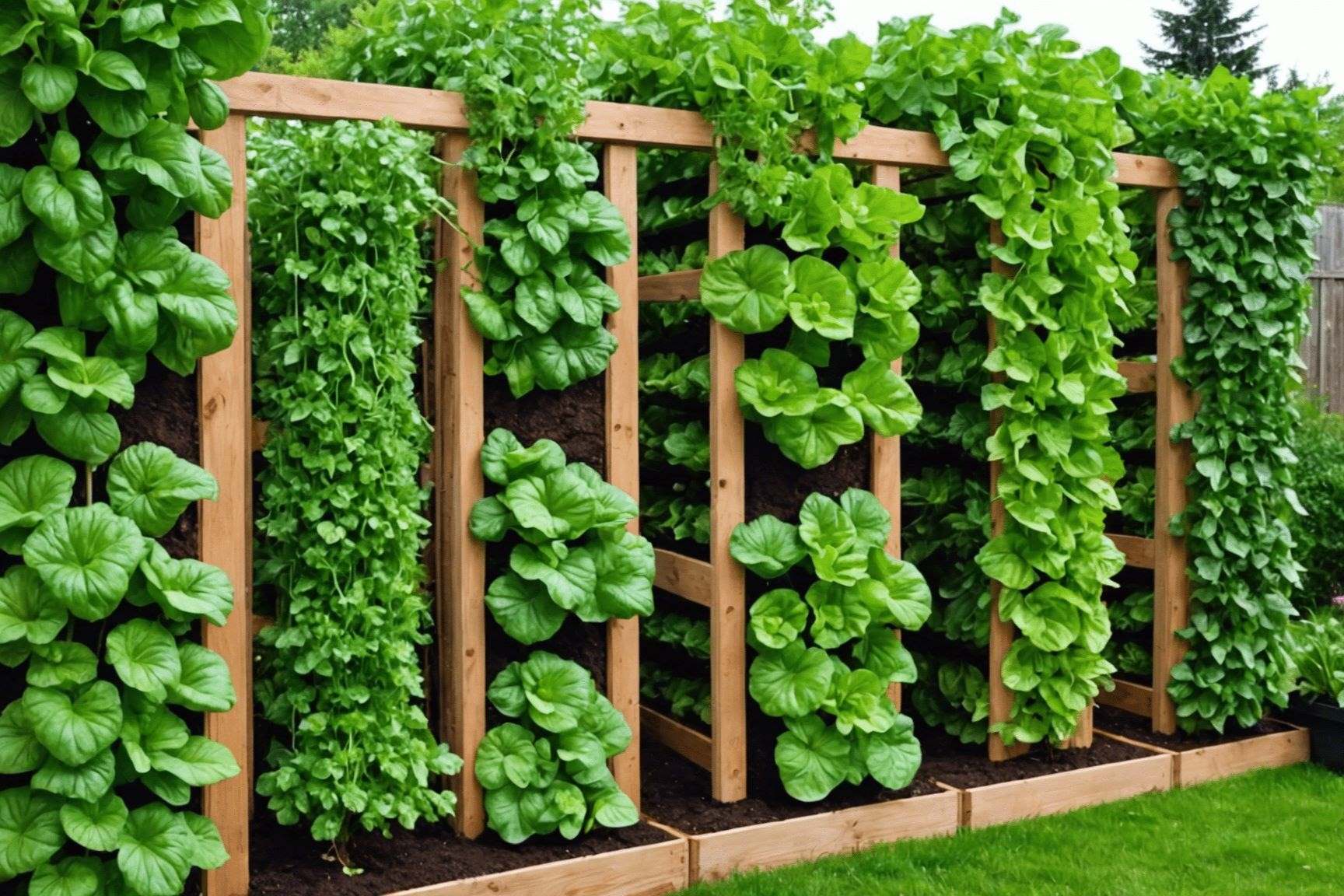Home>Ideas and Tips>Backyard Aquaponics System Design for Sustainable Food Production


Ideas and Tips
Backyard Aquaponics System Design for Sustainable Food Production
Published: September 3, 2024
Discover how to design a backyard aquaponics system for sustainable food production, combining fish and plants in a symbiotic, eco-friendly setup.
(Many of the links in this article redirect to a specific reviewed product. Your purchase of these products through affiliate links helps to generate commission for Storables.com, at no extra cost. Learn more)
Introduction
In the quest for sustainable food production, backyard aquaponics has emerged as a highly efficient and environmentally friendly method. Combining the principles of aquaculture and hydroponics, aquaponics creates a closed-loop system where fish and plants coexist in a symbiotic relationship. This article will delve into the design and benefits of a backyard aquaponics system, providing a comprehensive guide for those interested in starting their own sustainable food production project.
The Basics of Aquaponics
Aquaponics is a sustainable agricultural method that integrates the cultivation of aquatic animals (typically fish) with the cultivation of plants in a soilless environment. This system mimics natural ecosystems where fish produce waste, which is then converted into nutrients for plants by beneficial bacteria. The plants, in turn, filter the water, maintaining a healthy environment for both fish and plants.
Components of an Aquaponics System
- Fish Tanks: These are the primary containers for raising aquatic animals such as fish, shrimp, or crayfish. The fish produce waste, primarily in the form of ammonia.
- Biological Filtration: Beneficial bacteria in the system convert the ammonia from fish waste into nitrates, a form of nitrogen that is a valuable nutrient for plants.
- Plant Beds: Above or adjacent to the fish tanks are plant beds where various types of plants, such as herbs, vegetables, or fruits, are grown. These plants are cultivated without soil, typically in a growing medium like gravel or clay pellets.
- Nutrient Circulation: Water from the fish tanks is continually pumped into the plant beds. The plant roots take up the nitrates and other nutrients present in the water, effectively “cleaning” it and removing toxins that could be harmful to the fish.
- Clean Water Returns to the Fish: After the plants have filtered the water and absorbed the nutrients, the now clean and nutrient-rich water is returned to the fish tanks. This closed-loop system continuously recirculates and purifies the water, maintaining a healthy environment for both fish and plants.
Benefits of Aquaponics
Aquaponics offers numerous benefits over traditional soil-based farming methods, making it an attractive option for backyard gardeners and small-scale farmers.
Resource Efficiency
Aquaponics is highly resource-efficient. It recirculates water, using up to 90% less water than traditional soil-based farming. This is crucial in a world where water scarcity is a growing concern.
Read more: Starting A Backyard Orchard With Fruit Trees
Minimized Environmental Impact
By eliminating the need for soil, aquaponics reduces soil erosion, pesticide use, and the risk of nutrient runoff, which can contaminate water bodies. It’s a more environmentally friendly way of producing food.
Chemical-Free Farming
Aquaponics relies on the natural synergy between fish and plants. Fish waste serves as a nutrient source for plants, reducing or eliminating the need for synthetic fertilizers and chemical pesticides.
Year-Round Production
Controlled environments in aquaponics allow for year-round cultivation, providing a consistent supply of fresh produce regardless of seasonal limitations. This can reduce the reliance on imported or out-of-season produce.
Reduced Food Miles
Local aquaponic farms can help reduce the distance food travels from farm to table, cutting down on transportation emissions and contributing to a more sustainable, local food system.
Space Efficiency
Aquaponics systems can be designed to fit into small spaces, including urban areas, making it feasible to produce food in locations with limited available land.
Energy Efficiency
These systems can be powered by renewable energy sources, reducing their carbon footprint. Additionally, the controlled environment of an aquaponics system allows for precise management of temperature and lighting, further enhancing energy efficiency.
Economic Viability
Aquaponics can be a profitable venture, particularly for small-scale and local producers, contributing to sustainable economic development. The dual yield of both plant matter and fish protein can provide multiple income streams.
Biodiversity and Ecosystem Health
Aquaponic systems can support a variety of plant and fish species, enhancing biodiversity and promoting ecosystem health within the closed-loop environment. This diversity also makes the system more resilient to pests and diseases.
Educational and Research Value
Aquaponics serves as a valuable educational tool for teaching about ecology, biology, and sustainable agriculture. It also provides opportunities for research into food production methods that are environmentally and economically sustainable.
Adaptability
Aquaponic systems can be tailored to specific environments and crop choices, making them adaptable to various climates, crops, and local needs. This flexibility allows for the development of customized systems that best suit the conditions of the backyard garden.
Designing a Backyard Aquaponics System
Designing an aquaponics system for your backyard involves several key considerations:
1. Space and Layout
The first step is to determine the available space in your backyard. Aquaponics systems can be set up in small spaces, but it’s essential to ensure that there is enough room for both the fish tanks and the plant beds. A general rule of thumb is to allocate about 10% of the total space for the fish tanks and the remaining 90% for the plant beds.
Read more: Creating A Family-Friendly Backyard Garden
2. Fish Selection
Choosing the right fish species is crucial for an aquaponics system. Some popular choices include tilapia, goldfish, and koi. These species are tolerant of a wide range of water conditions and are relatively easy to care for.
3. Plant Selection
Selecting the right plants is also important. Herbs like basil and lettuce are excellent choices because they thrive in the nutrient-rich water provided by the aquaponics system. Other vegetables like tomatoes and cucumbers can also be grown using hydroponic methods within the aquaponics system.
4. System Components
The components of an aquaponics system include:
- Fish Tanks: These can be made from plastic or fiberglass and should be large enough to hold at least 10 gallons of water.
- Pumps and Plumbing: A pump is necessary to circulate water from the fish tanks to the plant beds. The plumbing should be durable and resistant to corrosion.
- Biofilter: A biofilter is essential for converting ammonia into nitrates. This can be a separate tank or integrated into the main system.
- Plant Beds: These can be made from materials like gravel or clay pellets and should be designed to allow for good root growth.
- Aeration System: An aeration system is necessary to maintain oxygen levels in the water. This can be achieved using air stones or other aeration devices.
5. Water Circulation
The water circulation system is critical in maintaining the health of both fish and plants. Water should be pumped from the fish tanks through the biofilter and then into the plant beds. The plants absorb nutrients from the water, which is then returned to the fish tanks after filtration by beneficial bacteria.
6. Monitoring and Maintenance
Regular monitoring and maintenance are essential for the success of an aquaponics system. Parameters such as pH, ammonia levels, and water temperature should be regularly checked. Additionally, regular cleaning of the system and monitoring for signs of disease or pests are crucial.
Case Studies and Examples
Small-Scale Aquaponics
Small-scale aquaponics systems are ideal for backyard gardens. These systems can be set up in small spaces and are relatively low-cost to establish. For example, a small system using a 10-gallon fish tank and a few plant beds can provide a steady supply of fresh produce and fish protein.
Urban Aquaponics
Urban aquaponics is another area where these systems are gaining popularity. By utilizing rooftops or small spaces within cities, urban aquaponics can provide fresh produce to local communities while reducing transportation emissions.
Commercial Aquaponics
Commercial aquaponics operations are also becoming more prevalent. These systems are often larger in scale and may include advanced technologies such as LED lighting and automated monitoring systems. However, even small-scale commercial operations can benefit from the efficiency and sustainability offered by aquaponics.
Challenges and Considerations
While aquaponics offers many benefits, there are also several challenges and considerations to keep in mind:
Initial Investment
One of the main challenges is the initial investment required to set up an aquaponics system. While the cost can be significant, it is often offset by the long-term savings in water and chemical usage.
Technical Complexity
Aquaponics systems require a certain level of technical expertise to set up and maintain. This includes understanding water chemistry, plumbing, and biological processes.
Disease and Pest Management
Disease and pest management are critical in maintaining the health of both fish and plants. Regular monitoring and quick action are necessary to prevent outbreaks.
Conclusion
Aquaponics offers a sustainable and efficient method for producing both fish protein and fresh produce in a backyard setting. By combining the principles of aquaculture and hydroponics, aquaponics creates a closed-loop system that minimizes environmental impact while maximizing resource efficiency. With careful planning, regular monitoring, and maintenance, an aquaponics system can provide a steady supply of fresh produce and fish protein, contributing to local food security and sustainable agriculture practices.
Whether you are a seasoned gardener or just starting out, aquaponics provides an exciting opportunity to explore sustainable food production methods that are both environmentally friendly and economically viable. With its adaptability to various climates and spaces, aquaponics is an excellent choice for anyone looking to create a self-sustaining food system in their backyard.
By embracing aquaponics as a sustainable food production method, we can move closer to achieving food sovereignty while reducing our environmental footprint. Whether you are an urban dweller or a rural resident, incorporating an aquaponics system into your backyard can be a rewarding and sustainable way to produce your own food.
References: Ecolife Conservation. (2023, September 5). Sustainable Agriculture Methods: Benefits of Aquaponics. Retrieved from https://www.ecolifeconservation.org/updates/environmental-benefits-of-aquaponics/ Zhang, Y., Zhang, Y.-k., & Li, Z. (2022, March 15). A new and improved aquaponics system model for food production patterns for urban architecture. ScienceDirect. Retrieved from https://www.sciencedirect.com/science/article/abs/pii/S0959652622005054 EWSP Consultancy. (2020, July 10). Aquaponics and Its Role in Sustainable Food Production. Retrieved from https://ewspconsultancy.com/2020/07/10/aquaponics-and-its-role-in-sustainable-food-production/ Marklin, R. W., Jr., Mathison, M., Mayer, B., Nagurka, M. L., Cariapa, V., & Schabelski, J. (2013). Aquaponics: A Sustainable Food Production System That Provides Research Projects for Undergraduate Engineering Students. Marquette University College of Engineering. Retrieved from https://epublications.marquette.edu/mechengin_fac/12/ Joyce, A., Goddek, S., Kotzen, B., & Wuertz, S. (2019). Aquaponics: Closing the Cycle on Limited Water, Land and Nutrient Resources. In Aquaponics Food Production Systems (pp. 19–34). Springer International Publishing. Retrieved from https://www.mdpi.com/2073-4441/15/24/4310
Was this page helpful?
At Storables.com, we guarantee accurate and reliable information. Our content, validated by Expert Board Contributors, is crafted following stringent Editorial Policies. We're committed to providing you with well-researched, expert-backed insights for all your informational needs.









0 thoughts on “Backyard Aquaponics System Design for Sustainable Food Production”